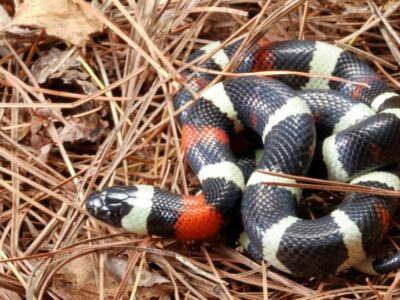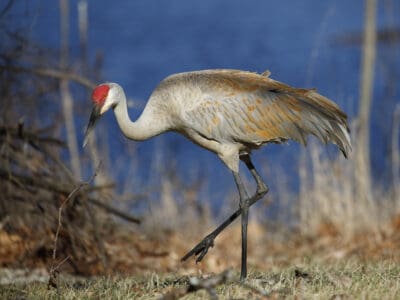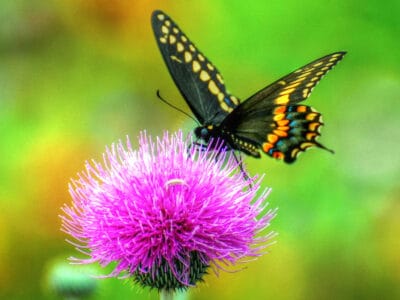Nebraska’s varied landscape of wetlands, prairie grasslands, and forests offers many types of habitat. In the state, 80 species of mammals, 63 species of reptiles and amphibians, and more than 400 species of birds thrive. Twenty-two types of fish are also native to Nebraska. Rodents make up almost half of Nebraska’s native mammals.
Some of the animals native to the state include armadillos, shrews, jackrabbits, and bats. The state’s native carnivores include coyotes, gray wolves, foxes, black bears, brown bears, lynx, cougar, ferret, and skunks. Moose, elk, white-tailed deer, mule deer, bison, bighorn sheep, and pronghorn roam the prairie and other habitats.
The Official Animal of Nebraska
The Nebraska State Legislature has named three official animals for the state. These include the state bird, state mammal, and state fish.
Official state bird of Nebraska: Western Meadowlark
The western meadowlark (Sturnella neglecta) has been Nebraska’s state bird since 1929. These yellow-breasted 11-inch birds are found throughout the state and can be recognized by their joyful song. The meadowlark is a cousin to blackbirds but has more patterned markings. Their backs, wings, and legs feature brown and brown-streaked markings on a white or beige underside. On their vibrant yellow breasts and at the base of the neck, these lovely songbirds also feature a jet black crescent.
Official fish of Nebraska: Channel Catfish
Since 1997, the channel catfish (Ictalurus punctatus) has represented the state of Nebraska as its official fish. This sportfish is widely sought as a meaty food. The channel catfish spawns and nests in rivers or streams under the protection of tree roots or rocks. Male “channel cats” guard and defend their nests against predators interested in eating the eggs.
Official Mammal of Nebraska: White-Tailed Deer
The white-tailed deer was named Nebraska’s official mammal in 1981. These herbivores are most often seen in brushy areas, woodlands, and farmlands where they feed on abundant vegetation. When startled, the deer raise their brown tails that feature a bright white underside. The flash of white conveys danger to other deer in the area. Baby deer, called fawns, can also use this white tail to keep track of their mother when following them in flight at night and through dense groundcover. Although white-tailed deer are vegetarians, they enjoy a varied diet available to them throughout the state. They eat acorns, corn, nuts, woody vegetation, and green plants. They are fed on by ticks in Nebraska.
Wild Animals in Nebraska
Wild animals in Nebraska are varied in types, habitats, diets, and abundance. Of the native species, some are endangered, vulnerable, or near threatened.
Endangered species of wild animals in Nebraska include the little brown bat and black-footed ferret. The tricolored bat is a vulnerable species. The American bison is near threatened but being reintroduced through wildlife management.
Strange animals of Nebraska include the armored nine-banded armadillo, one of the most unique creatures in the United States. Other strange mammals are the black-tailed jackrabbit and white-tailed jackrabbit, both with oversized ears towering above their heads. The black-tailed jackrabbit’s ears are especially large.
Strange rodents of Nebraska include the abundant voles such as the prairie vole, meadow vole, and woodland vole. Southern flying squirrels in Nebraska are rodents that can fly, thanks to their wing-like skin flaps extending from upper legs to lower legs. The state’s North American porcupine is another strange species, the second-largest rodent in the United States, only smaller than the North American beaver.
The most common mammals in Nebraska include squirrels, raccoons, and deer. At night, evening bats are common as they hunt for beetles, moths, and other insects. Among the rodents of the state, the most common within urban areas are the house mouse, black rat and brown rat. Some species of spiders can also be found in Nebraska.
Among the rarest wild animals in Nebraska are the American bison, black-footed ferret, tricolored bat, northern long-eared bat and little brown bat. Outside of state parks, zoos and wildlife preserves, it is also uncommon to see some of the state’s larger predators and carnivores. Among the rarest predators and carnivores are the Grizzly bear, black bear, coyote, gray wolf, fox, lynx and cougar. These are the rarest large mammals because they typically flee upon seeing people and avoid crossing paths with humans, in the first place.
Where To Find The Top Wild Animals in Nebraska
With more than 23,000 miles of rivers and streams across the state, Nebraska is not just the farmland most people expect. The state offers diverse habitats for many species to live and roam, including the prairies, wetlands and ponderosa pine forests. Visitors to the state typically want to see sandhill cranes, eagles and big game or herd animals. Among the most popular herd animals for visitors are bighorn sheep, bison and elk.
The most highly recommended places for wildlife viewing in Nebraska include:
- Chadron State Park to spot bighorn sheep
- Fort Robinson State Park for bighorn sheep sightings
- Indian Cave State Park for bald eagle viewing along the Missouri River in January
- Ponca State Park for wild turkey viewing
- Pine Ridge National Recreation Area for elk sightings
- The Crane Trust, the world’s largest sandhill crane gathering at the Platte River in March each year
- Ian Nicolson Audubon Center at Rowe Sanctuary, also for sandhill crane viewing each March at sunrise and sunset
- Fort Niobrara National Wildlife Refuge for a herd of about 350 bison
The Most Dangerous Animals in Nebraska Today
The odds of being killed by an animal in Nebraska are very low, particularly when compared to the rest of the United States. In fact, Nebraska ranks at number 30 out of the 50 states in terms of this potential for fatal injury.
Although the state is home to brown bear, cougar, lynx and coyote, these are not as likely to kill you as a much smaller creature. The deadliest animal in the state is the poisonous snake. More specifically, you can die from the venomous bite of one of Nebraska’s four deadly snakes, the timber rattlesnake, prairie rattlesnake, copperhead and Western massasauga rattlesnake.
For a full analysis of the most dangerous animals in Nebraska, read our full guide.
Endangered Animals in Nebraska
Threatened and endangered species in Nebraska include:
- Western massasauga, the smallest rattlesnake in the state and a threatened species
- Blacknose shiner, a threatened minnow
- Northern redbelly dace, a tiny threatened fish in the state
- Eskimo curlew, a brown migratory bird believed to be extinct since 1963 but on the endangered list since 1967
- Black-footed ferret, an endangered member of the carnivorous mustelid family
- Gray wolf, delisted from the federal endangered species list but still almost non-existent in Nebraska
- Northern long-eared bat, a federally-listed endangered species also endangered in Nebraska
- Swift fox, a threatened species hunted by coyotes in the state
Zoos in Nebraska
Nebraska has four zoos. The Henry Doorly Zoo in Omaha ranks as one of the largest in the world. Its 130 acres are home to about 17,000 creatures from 962 species. The zoo’s cat complex, indoor swamp, indoor desert, and glazed geodesic dome are all recognized as the largest facilities of their kind in the world.
The Lincoln Children’s Zoo in Lincoln is the state’s third most popular attraction. This site provides wildlife viewing and animal interaction opportunities for children. It features more than 400 living creatures, including 40 endangered species like the Amur leopard and Matschie’s tree kangaroo. Other zoos in Nebraska include the smaller Riverside Discovery Center.
Native Plants in Nebraska
The state of Nebraska is rich in flora and fauna, mostly because the National Park Service protects many areas within it. Nearly 1,500 species of native plants occupy various habitats across the state. Some native plants in Nebraska include wild bergamot, pitcher sage, and rose vervain, among others.
More Articles Related to Nebraska
Read about:
- extinct animals that lived in Nebraska.
- the best national and state parks in Nebraska.
- the largest animals in Nebraska.
- the coldest place in Nebraska.
- the largest and most dangerous snakes in Nebraska.
- the longest biking trail in Nebraska.
- the best fish to catch in Nebraska in the summer.
- the best places to camp in Nebraska.
Nebraskan Animals
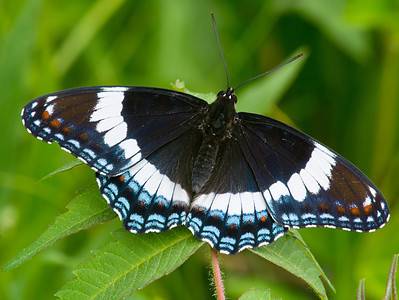
Admiral Butterfly
Stunningly beautiful wings
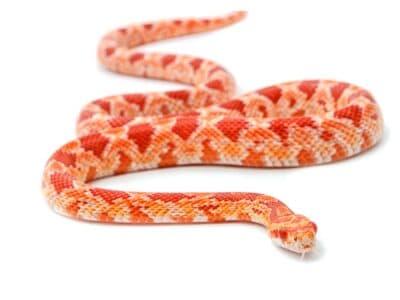
Albino (Amelanistic) Corn Snake
Albino corn snakes make great beginner snakes.
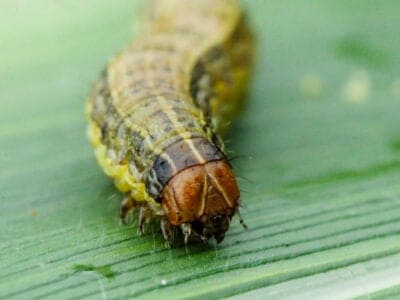
Armyworm
They are so named because they "march" in armies of worms from one crop to another in search of food
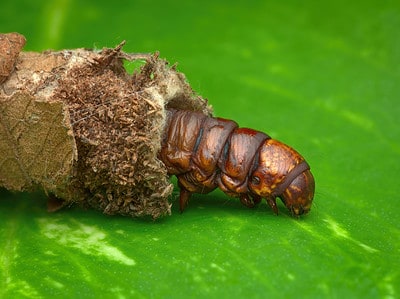
Bagworm Moth Caterpillar
They continually enlarge their protective cases
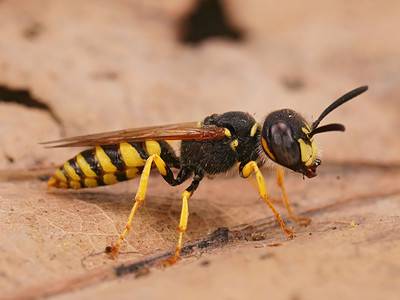
Beewolf wasp
They hunt bees
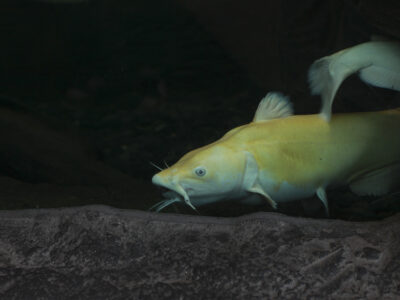
Blue Catfish
It's a strong fighter when caught on a fishing line
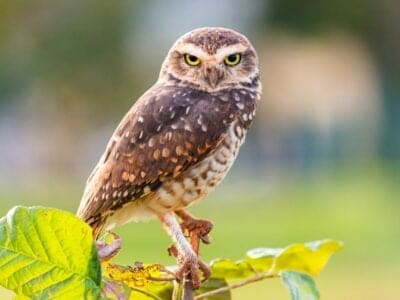
Burrowing Owl
The burrowing owl lives in underground burrows
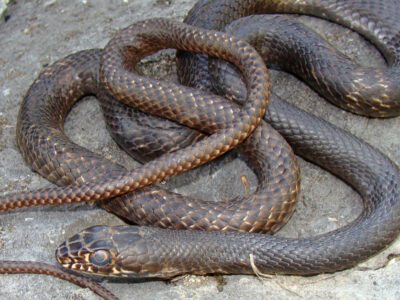
Coachwhip Snake
Coachwhip snakes pose little danger to people
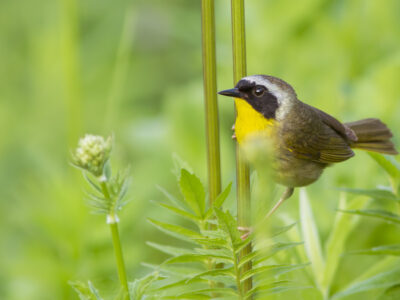
Common Yellowthroat
The Common Yellowthroat stays close to the ground and uses stealth to survive!
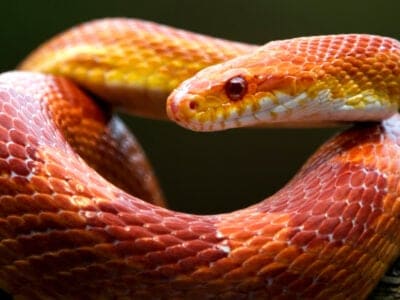
Corn Snake
Corn snakes are partly arboreal and are excellent climbers.
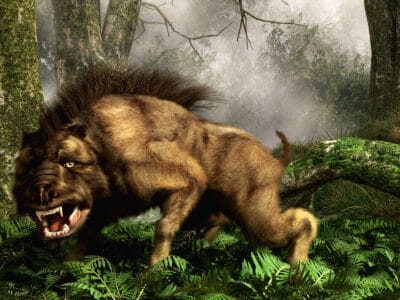
Daeodon
Scientists don't know whether daedon had scales, feathers, fur, or something else.
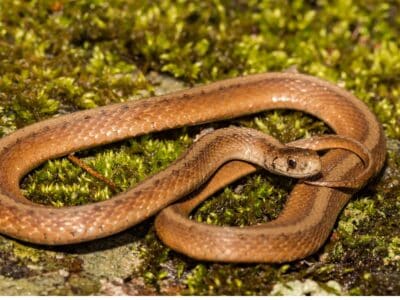
De Kay’s Brown Snake
They have specialized jaws for removing snails from shells.
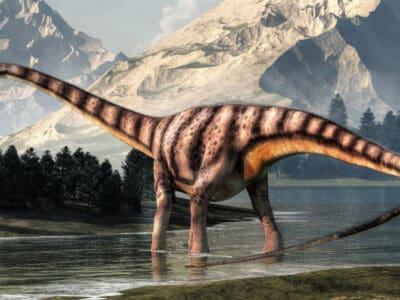
Diplodocus
Their long tales could have been used as a whip!
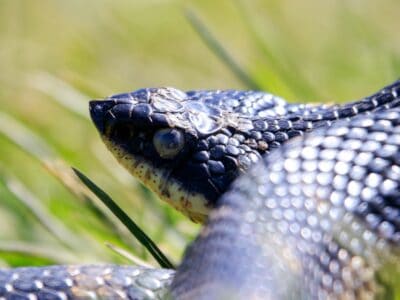
Eastern Hognose Snake
Eastern hognose snakes are venomous, but only to frogs and toads.
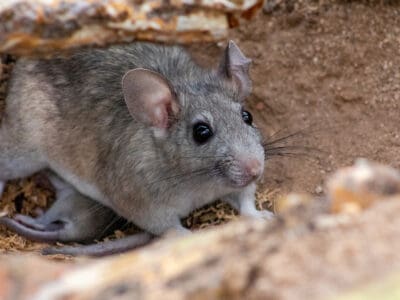
Eastern Woodrat
The eastern woodrat mating ritual involves a potentially deadly fight between the male and female before reproduction begins!
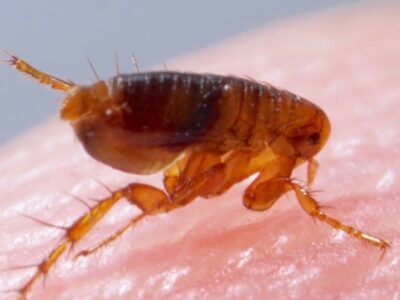
Flea
Adult fleas can jump up to 7 inches in the air
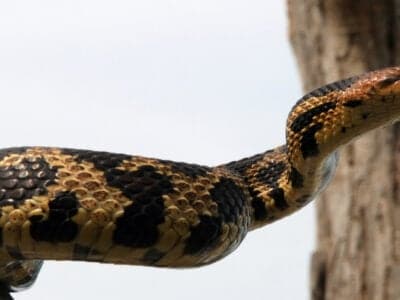
Fox Snakes
In some areas, fox snakes and gopher snakes have crossbred in the wild.
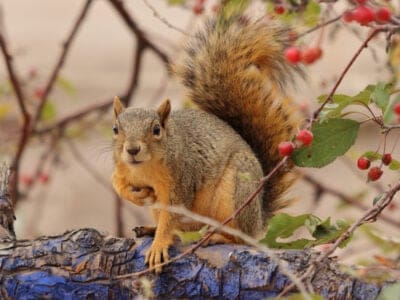
Fox Squirrel
Although it is a tree squirrel, it spends most of its time on the ground.
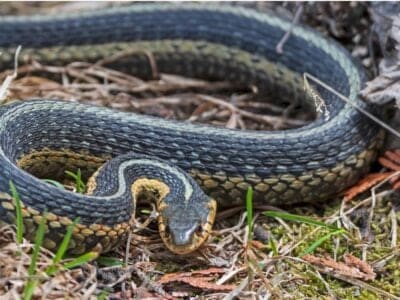
Grass Snake
Use acute hearing to hunt
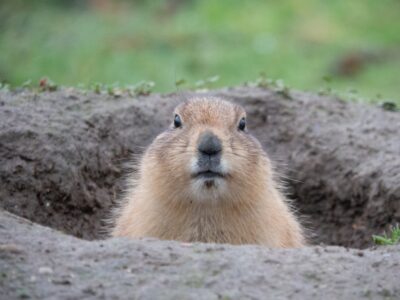
Groundhog (Woodchuck)
They whistle to each other to warn of approaching danger!
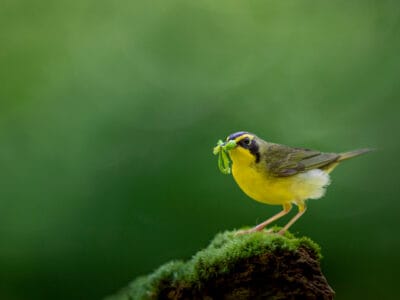
Kentucky Warbler
The Kentucky Warbler appears to wear bright yellow cat-eye glasses!
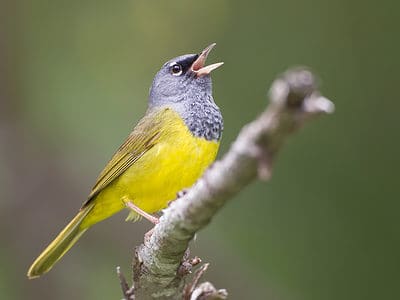
MacGillivray’s Warbler
The complicated story of how MacGillivray’s Warblers got their name involves three ornithologists, a physician and a compromise.
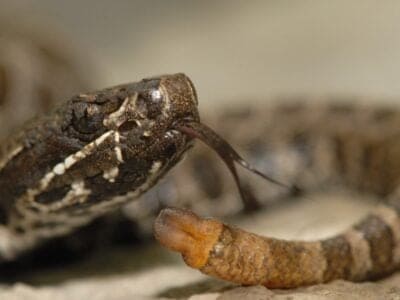
Massasauga
The name “Massasauga” comes from the Chippewa language, meaning “Great River Mouth”.
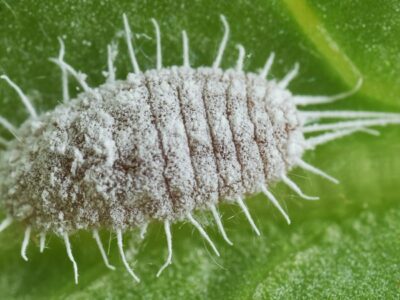
Mealybug
They have a symbiotic relationship with ants.
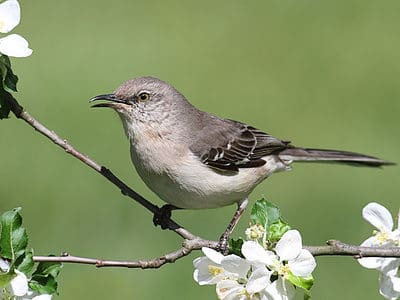
Mockingbird
Mockingbirds are incredible mimics that can learn hundreds of songs!
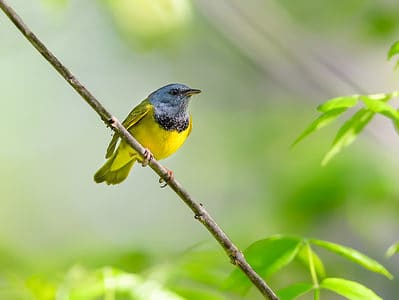
Mourning Warbler
The Mourning Warbler was named for its gray head, which resembles a mourning veil!
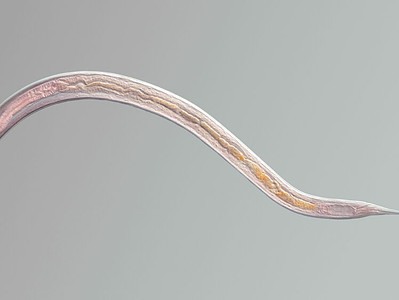
Nematode
Nematodes range in size from 1/10 of an inch to 28 feet long
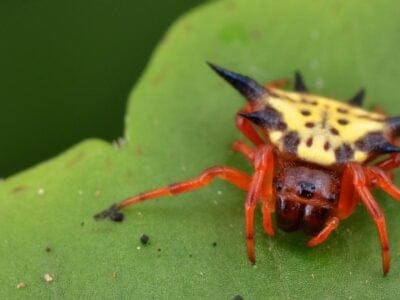
Orb Weaver
Females are about four times the size of males
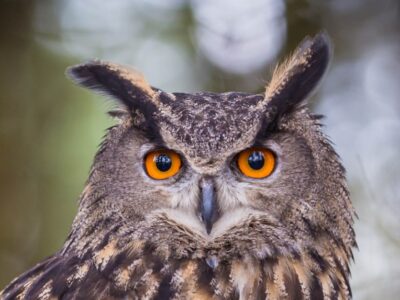
Owl
The owl can rotate its head some 270 degrees
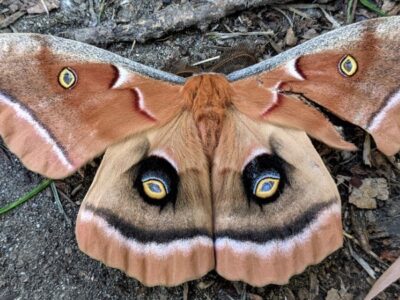
Polyphemus Moth
The Polyphemus moth doesn’t and can't eat, except when it's a caterpillar!
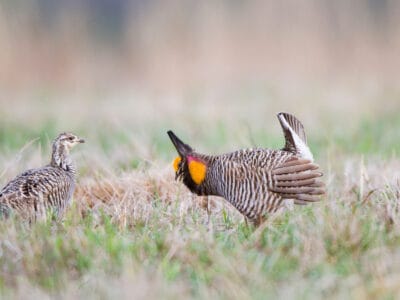
Prairie Chicken
They inflate their orange neck patches during their mating displays
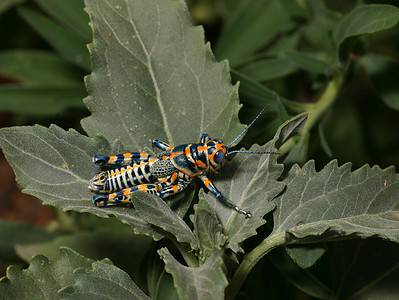
Rainbow Grasshopper (Dactylotum bicolor)
They have strikingly bright colors

Rat Snakes
Rat snakes are constrictors from the Colubridae family of snakes.
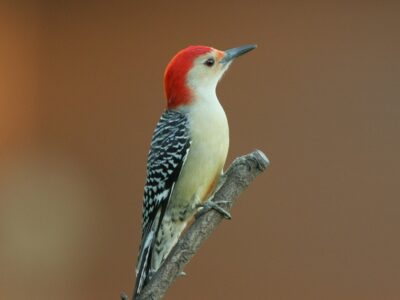
Red-Bellied Woodpecker
Red-Bellied Woodpeckers will often steal the nests of other birds.
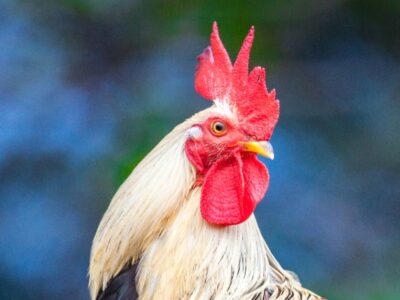
Rooster
Will mate with the entire flock!
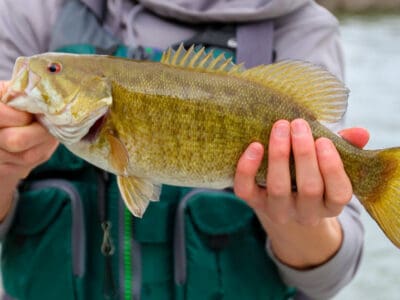
Smallmouth Bass
A fierce fighter!
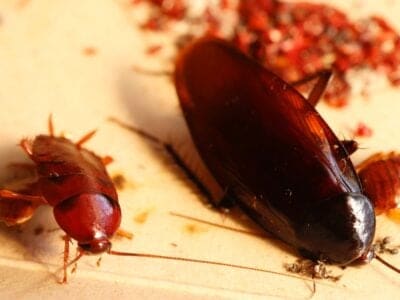
Smokybrown Cockroach
Has up to 45 eggs per egg case
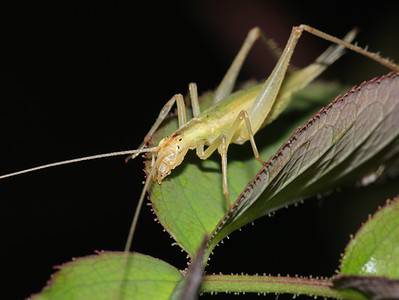
Tree Cricket
They make music with their wings
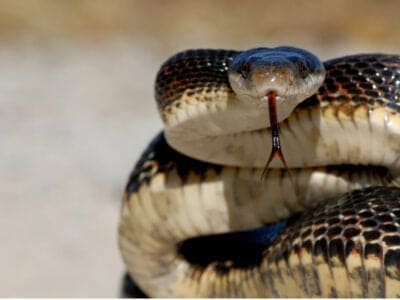
Western Rat Snake
Western rat snakes have special scales on their belly that help them climb up trees.
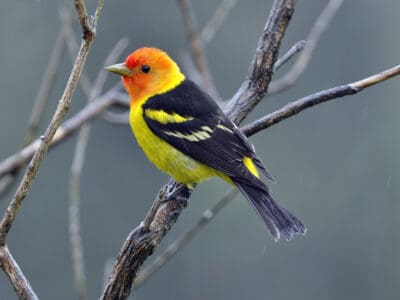
Western Tanager
They migrate farther north than any other tanager.
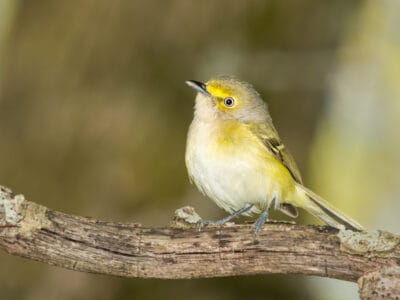
White-Eyed Vireo
During courtship, males put on exciting displays by fluffing their plumage, spreading their tails, and letting out a whining call.
Nebraskan Animals List
- Admiral Butterfly
- Albino (Amelanistic) Corn Snake
- Armyworm
- Bagworm Moth Caterpillar
- Beewolf wasp
- Blue Catfish
- Burrowing Owl
- Coachwhip Snake
- Common Yellowthroat
- Corn Snake
- Daeodon
- De Kay’s Brown Snake
- Diplodocus
- Dire Wolf
- Eastern Hognose Snake
- Eastern Woodrat
- Flea
- Fox Snakes
- Fox Squirrel
- Grass Snake
- Groundhog (Woodchuck)
- Kentucky Warbler
- MacGillivray’s Warbler
- Massasauga
- Mealybug
- Milk Snake
- Mockingbird
- Mourning Warbler
- Nematode
- Orb Weaver
- Owl
- Polyphemus Moth
- Prairie Chicken
- Rainbow Grasshopper (Dactylotum bicolor)
- Rat Snakes
- Red-Bellied Woodpecker
- Rooster
- Sandhill Crane
- Smallmouth Bass
- Smokybrown Cockroach
- Swallowtail Butterfly
- Tree Cricket
- Western Rat Snake
- Western Tanager
- White-Eyed Vireo
Animals in Nebraska FAQs (Frequently Asked Questions)
What animals live in Nebraska?
Nebraska is home to 80 species of mammals, 63 species of reptiles and amphibians, and more than 400 species of birds. These include bison, deer, black bear, brown bear, lynx, cougar, gray wolf, coyote, fox, elk, sandhill crane, flying squirrel, and bighorn sheep.
What dangerous animals live in Nebraska?
Among the most dangerous animals in Nebraska are four species of venomous snakes. These include the timber rattlesnake, prairie rattlesnake, copperhead, and Western massasauga rattlesnake. Although large mammals rarely cause human injuries or death in Nebraska, it is also dangerous to get too close to bison, brown bear, black bear, lynx, cougar, bats, Gray wolf, moose, and coyote.
Are there mink in Nebraska?
American mink (Neogale vison) thrive in Nebraska. They are semiaquatic, living both on land and in the state’s lakes, rivers, and streams. American mink feed on rodents, fish, birds, frogs, and crustaceans.
What rattlesnakes are in Nebraska?
There are three rattlesnakes in Nebraska: timber rattlesnakes, prairie rattlesnakes, and western massasaugas.
What spiders live in Nebraska?
Nebraska is home to many spiders. On the dangerous side, you’ll want to be on the lookout for brown recluses that have necrotic venom and can cause painful wounds with their bites. Larger spiders in the state include the tiger wolf spider and the dark fishing spider.
Are there wolves in Nebraska?
Nebraska is a native home of the Gray wolf, although the state’s population of this once-endangered species has greatly declined. It is now rare to find a Gray wolf in Nebraska, whereas surrounding states like Colorado and Wyoming have booming populations. Federally, the Gray wolf was removed from endangered species lists in 2021.



